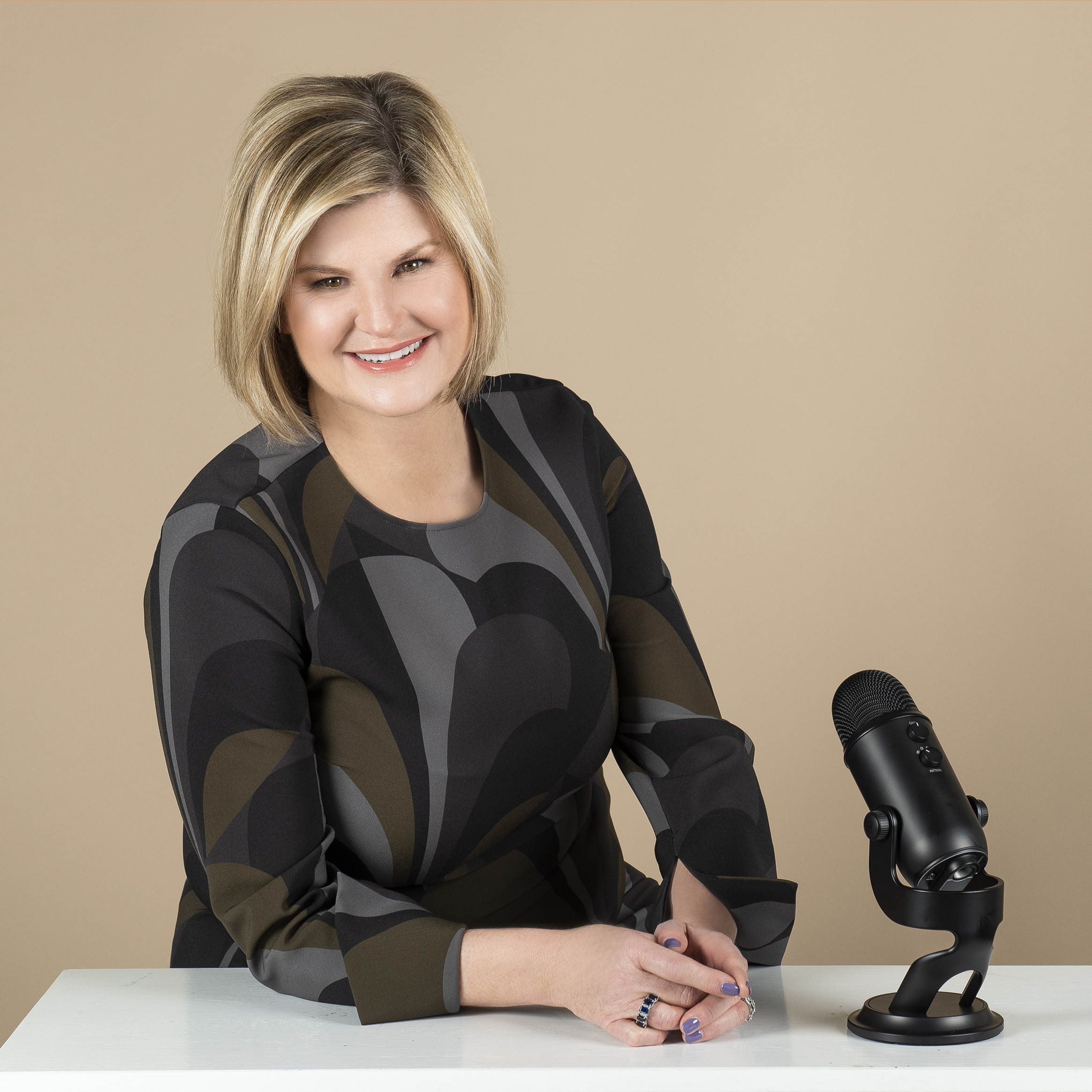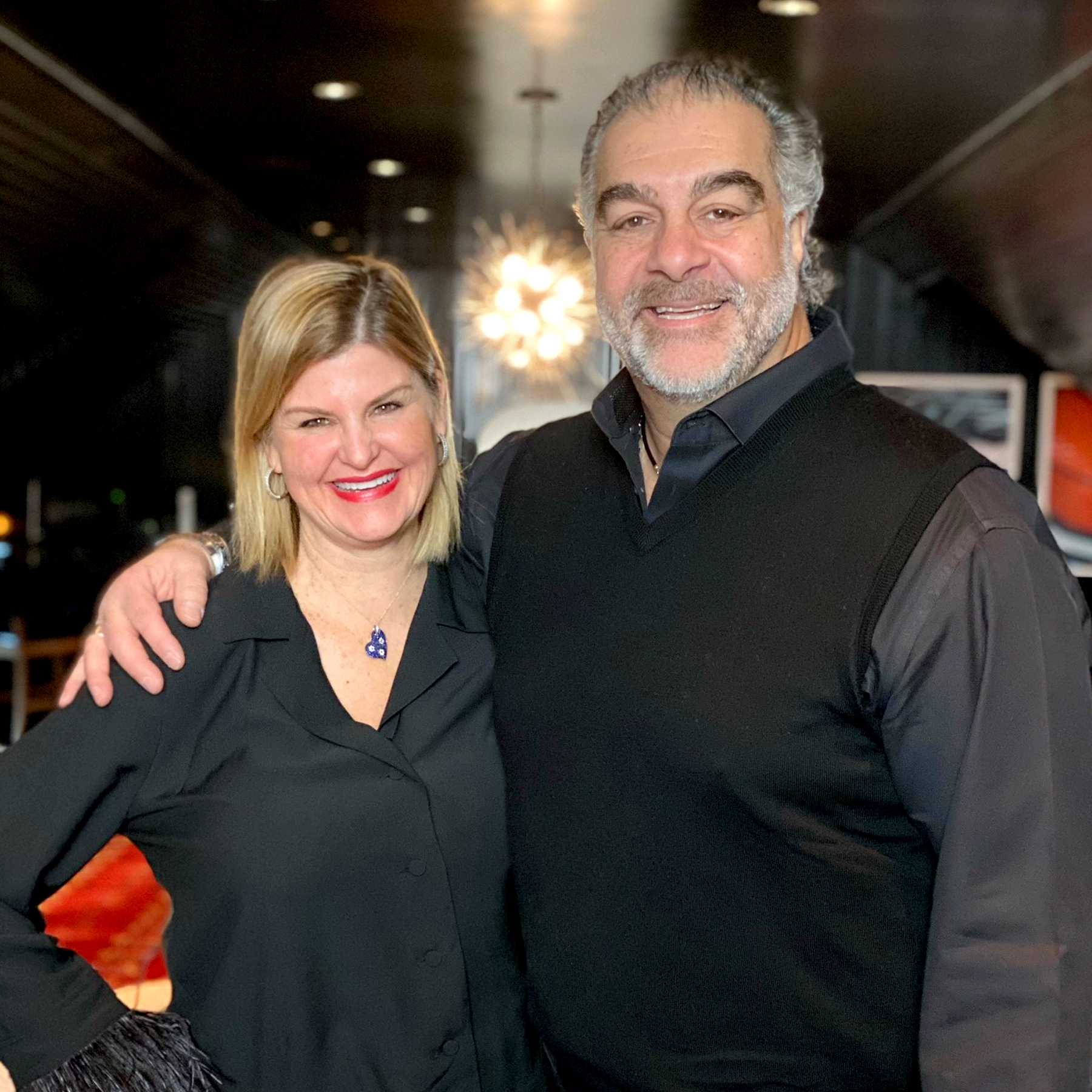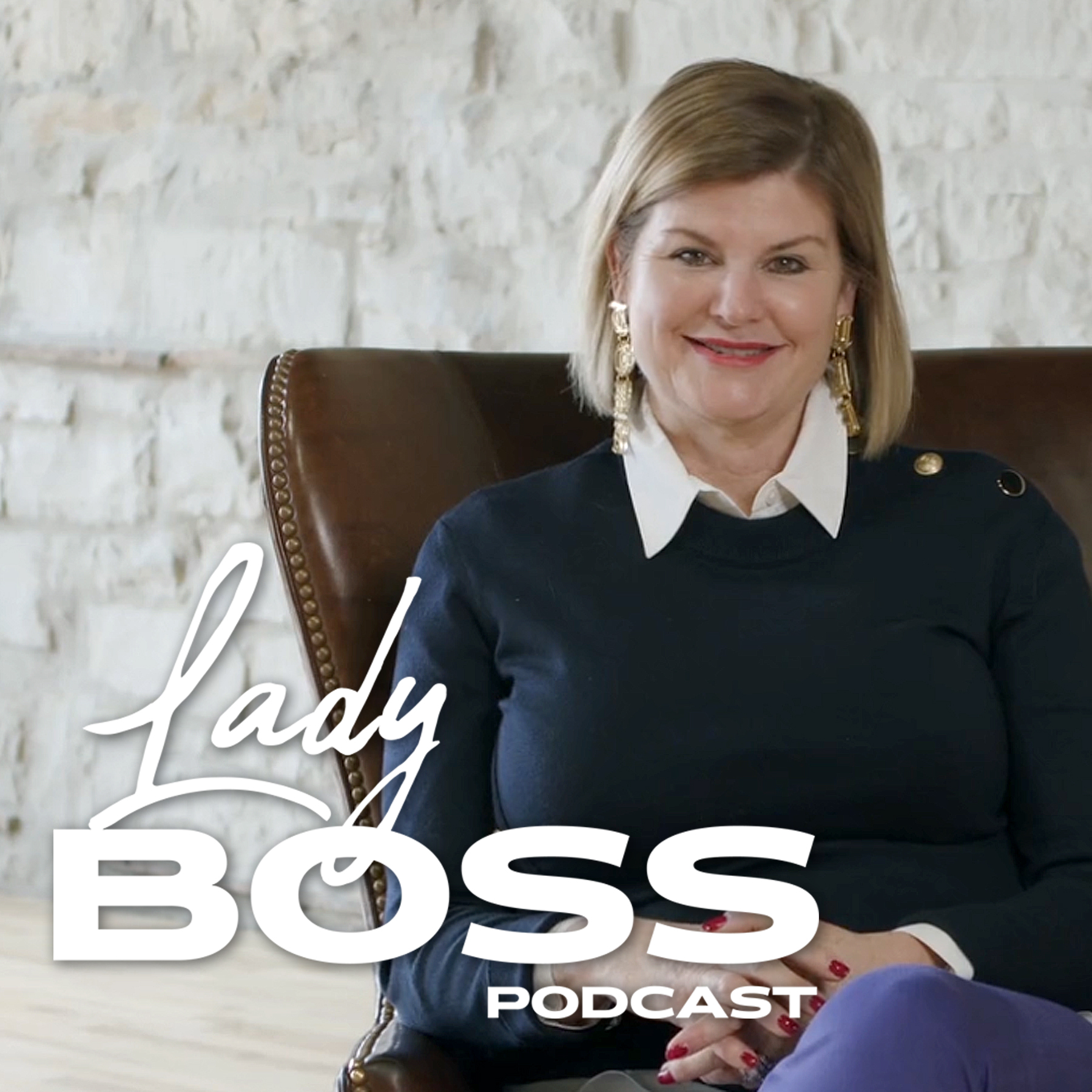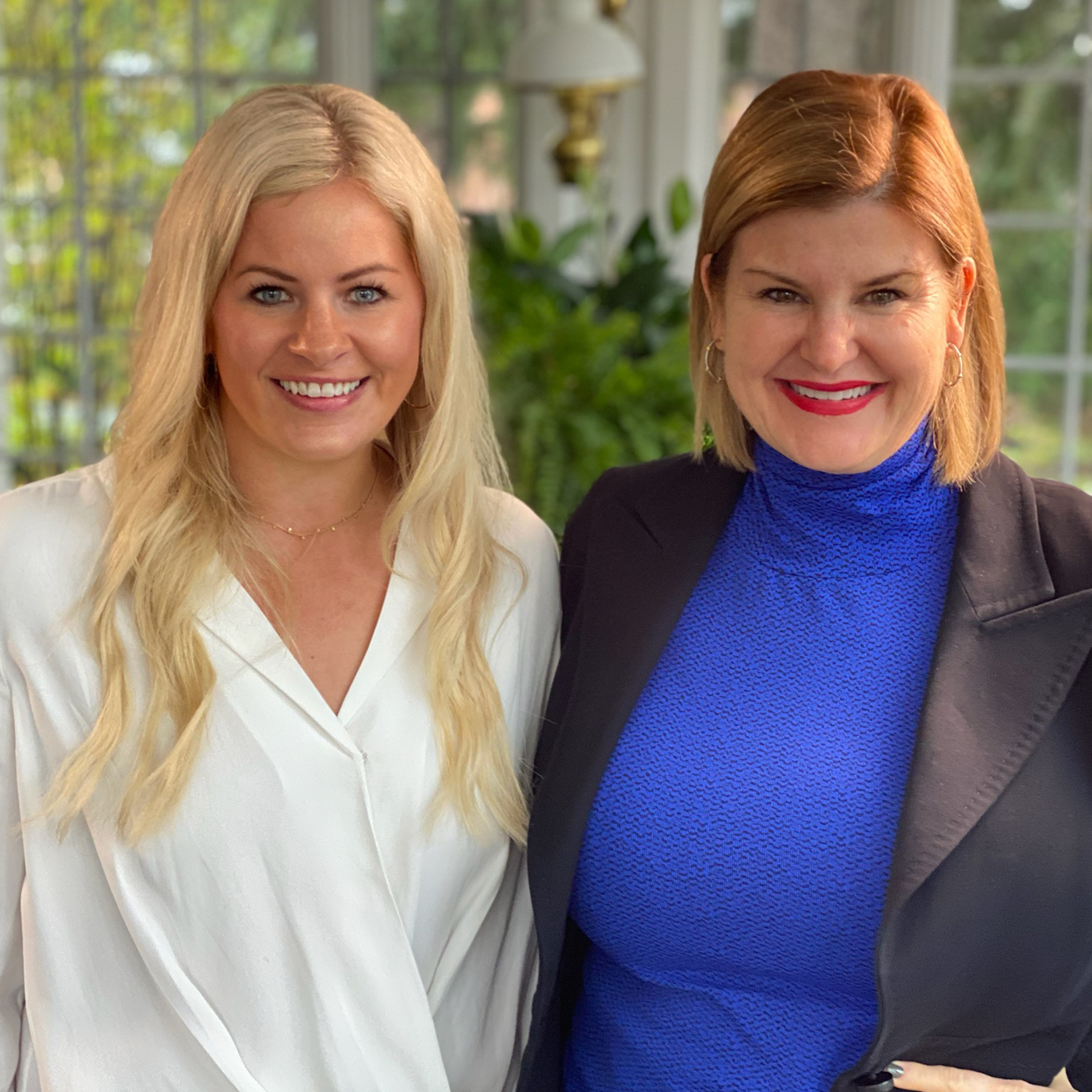Episode Transcript
Speaker 1 00:00:18 Okay, Margaret, I'm excited to hear what you have. You have questions and I hopefully have some answers for you.
Speaker 2 00:00:23 <laugh>. So I have started my L L C, which the focus will be to develop, do product innovation for, um, products that will help parents and really kind of alleviate that chaos that people have in their life when they have young children.
Speaker 1 00:00:37 I think that as a mother of three you, there's no one better to know about how to make the little things easier 'cause it's not, um, an easy job. So
Speaker 2 00:00:45 I would hope so. My third child has really inspired a lot of products. So <laugh>, I have two products right now that are both, uh, patent pending. So I've done the work of getting the provisional patents, um, submitted and I used a local mom who was absolutely wonderful, Tovi Patel. And, um, and the one product that I came to kind of help get your help with is a soft good. That's for, um, toddlers specifically. And I have the drawings made. I have the provisional patent and my next step is that I really wanna get a sample made. Okay. And so I'm running into some walls with that and just trying to understand the manufacturing world and who are the best people to use. I know there are large manufacturers, but those are kind of more when you're further down the road. I've also heard about cut and sews and so I just kind of wanted to get your opinion about what would be the next best step
Speaker 1 00:01:35 For this. Awesome. Yeah, I think there's nothing better than having a sample. So as you get out, kind of feed on the street, go talk to buyers or your product, whether it's end users or wholesalers, they can see, touch and give you feedback. And that sample may not be your final go to market sample, which is really what this sort of research project will tell you. Um, I think for thinking about manufacturers, you've gotta find somebody that can help you get a connection to a manufacturer. So cut and sew by definition is, um, fabric that is sewn together. It's a very specific industry, so there might be shirt makers, suit makers, dress makers. You really need to find somebody in the category of your product. Um, if it in fact is a cut and sew product, 'cause other soft good products are also knit. And so that would be a different manufacturer, something that's knit on a, on a loom, so to speak.
Speaker 1 00:02:26 Mm-hmm. <affirmative>. So once you identify what's the substrate and what are you really looking for, um, I'd go out to your network and find out if you have someone who could make a warm introduction to you. Okay. And by warm, I mean just sort of teeing up that you're a good person, you mean business and that you have a project that's worthwhile. Right. As a manufacturer, myself, I get called all day long to develop projects for people. Right. And they have no money, no budget, no sales plan, but they want me to do hours and hours of development to give them a sample and they're like, oh, we'll pay you a couple hundred bucks. And I'm like, why would I do that? Right. So I think you wanna really convey that you have a business background, which you do. You've put patents in place, which are money, and you're mm-hmm. <affirmative> putting your skin in the game. Two, you have a business plan to roll this out. You really know that once you get your sample, you're doing this, that, and the other thing, so that the manufacturer knows that the investment of their time and resources is going to pay back.
Speaker 2 00:03:23 Absolutely. So in terms of what you can go to the manufacturer with, um, would you recommend having your tech pack finalized and having that list of goods as well before you even reach out to the manufacturer? Or can they kind of help you along the way with that?
Speaker 1 00:03:37 Yes and yes. Okay. Sometimes, so if you wanna be taken super seriously, having a tech pack, no introduction, you're cold calling manufacturers saying, look, I have a tech pack, I have a patent pending, I just need help. And I'm trying to find the right partner, Uhhuh, that's a really strong way to do it. If you, um, don't have that and you need some help sort of getting to that finish line, then I really recommend having one of your network make a warm introduction so that they understand, hey, there's a good person she's going to stay with you if you do what you say you're gonna do. Mm-hmm. <affirmative>, but she's also sort of got to bridge the gap from where she is to to a sample product.
Speaker 2 00:04:14 Okay. And then I also have my drawings made obviously, and I've paid a creative to develop these drawings and it is an investment to get these drawings made. And as we've kind of been talking with different moms and everything, the product has iterated a bit. Yeah. So in like, what is your advice instead of just continuously paying that big fee to get the drawings remade, is there someone who can just kind of like, help you iterate along the way? Or who's the best person to reach out to for that? Should you go on Upwork and find someone who can do that for you? Or is that an expectation from the manufacturer?
Speaker 1 00:04:48 I mean, so at some point, you know, once you get further down the load, you wanna have an actual tech pack and drawings of what you're making for documentation production. Right. Um, eventually when you go to a big manufacturer, that'll be required and either they'll make it and charge you or you'll provide it. Mm-hmm. <affirmative>. Um, I think maybe another way to think about this iteration is, um, is there any value in just starting, rather than we can all improve our idea Right. Or any of our ideas over and over. Sometimes that also comes across as a production perfectionist play. Yes. Like, is it good enough to get to market and let's try to bring it to market and find out really, oh, it it wasn't just that it needed an extra zipper or a button or a low pole, it was that it was the wrong material. Right. It was not as functional. But sometimes I think people wanna give you advice who don't have skin in the game, who haven't paid for patent pending, who haven't put two years of their life into it, and they wanna tweak it, but you gotta get in front of people who are gonna spend money on it and with a sample that you can sell and then figure out how to get feedback after that.
Speaker 2 00:05:58 Okay. And then also I heard, um, that your product should ultimately, when it goes to the consumer, it should cost four x of what your production value is or what you it costs to get it produced. Would you agree with that number and how does that differ, um, whether you're producing it in the United States versus abroad?
Speaker 1 00:06:17 Okay, so if I'm hearing the question right Margaret, you're saying that product costs you $10 to produce it should retail for 40? Correct. Okay. Yeah, I think that's a good starting point. Okay. Um, I don't know enough about why you might be able to charge more or what's so unique about this that, you know, I, I'm a big believer in value pricing mm-hmm. <affirmative> not just formulaic pricing. So what I mean by that is, is there some intrinsic value that this product has that you've masterminded that might make it worth six times?
Speaker 2 00:06:49 Right. Versus
Speaker 1 00:06:50 Mm-hmm. <affirmative>, no, I'm gonna get my cost and charge four times. And I think that's really important for people to listen to and think about pricing in general, pricing isn't just a calculation, it's about how much value you're delivering for your client. Mm-hmm. <affirmative>. So I think as a benchmark that in, in the world of what you're doing four times is a good starting point. Again, you might have wholesalers and they'd have to eat up some of that margin, um, down the road mm-hmm. <affirmative>, but maybe that's just a good, you know, starting point. But then I would ask a few real trusted advisors at the end, I'm thinking about retailing this for X. Right. Does that sound right to you once you have the sample in hand?
Speaker 2 00:07:29 Okay. And like, what is the difference between producing your product in the United States versus abroad? Like how much does that cut into your margins? Like do you recommend trying to produce here or what are your thoughts on that whole? So
Speaker 1 00:07:42 I have a lot of experience in, um, overseas production. One of the reasons I bought my current company was because I was making 90% a large portion of my last company in Asia. I was going back and forth to Asia like it was Schaumburg. Right. Um, and I realized for me that I saw some things that didn't align with my value system. Mm-hmm. <affirmative>, um, especially, you know, young children and things in factories that were audited mm-hmm. <affirmative>. So for me it became really important to manufacture in the US along with all the hurdles that come with that. You know, higher labor rates. Right. Much more difficult labor force than you would have in Asia where they're very compliant. That's just not where we are as Americans. Um, I think you need to think about would that be an advantage to, you know, who are you gonna sell to? If you're selling to Walmart, there's absolutely no way that you can make an America, they will not support that price point. If you're gonna sell door to door direct to mom, to mom, to mom to mom. Maybe u s a is fine knowing that it's gonna be 30 to 50% more money.
Speaker 2 00:08:48 Right. I mean, from my perspective, I'd love to produce in the United States, that would just be kind of a goal of mine. So I was just curious like what the differences would be for pricing, but
Speaker 1 00:08:58 30 to 50. Good percent. And I think that everything gets better with volume. Right? So maybe upfront you can't have a four times margin because you have a very small, but down the road might down the road as you scale and things get bigger. A good way to talk about that is go to some of the fashion brands. I mean, um, somebody comes right top of mind. Um, Maria Coho in New York, I can introduce you. She makes all her stuff in New York, all in u s a. Okay. Price points seem great. Mm-hmm. <affirmative> as far as, you know, expensive but not crazy. Right. So she's figured out a way to do it and I think there are ways to do it and I think it's just about getting connected to the right sources.
Speaker 2 00:09:35 Okay. And starting off, do you recommend just trying to limit your skews? Because obviously as a creative, I'm thinking, oh, it'd be great to do different patterns and all that, but I'm thinking maybe I should just start smaller and just start with a couple basic skews and then move on to
Speaker 1 00:09:50 Yeah. I love that question because, you know, we see so many businesses at our business, like so many people with ideas come to us to execute and the ones that start mm-hmm. <affirmative> and the ones that sort of keep it narrow and get it out in the market, in my opinion, have done the best. Right. You know, we as creative people can always think of something else to do or to develop For sure. But if you have an unlimited amount of time and money to burn up, then that's a great play <laugh>. But if you wanna, you know, yes. Actually get to a part where there's r o I and all this time I suggest just like getting out there and you know, learning. Right. 'cause if you don't get eyeball to eyeball with the buyer, whether that's a wholesale buyer or uh, the mom is buying these mm-hmm. <affirmative>, you're just really working. Like a lot of people give you advice that doesn't mean anything until they open their wallet. So I love your idea of just starting and starting narrow and getting feedback. Okay.
Speaker 2 00:10:45 Okay. This is so helpful. Thank you so much for your time.
Speaker 1 00:10:48 Oh, Margaret, it's great to be with you. I appreciate it. I'm so excited to see these out here. Thank you. Hopefully this q4. Thank you.




